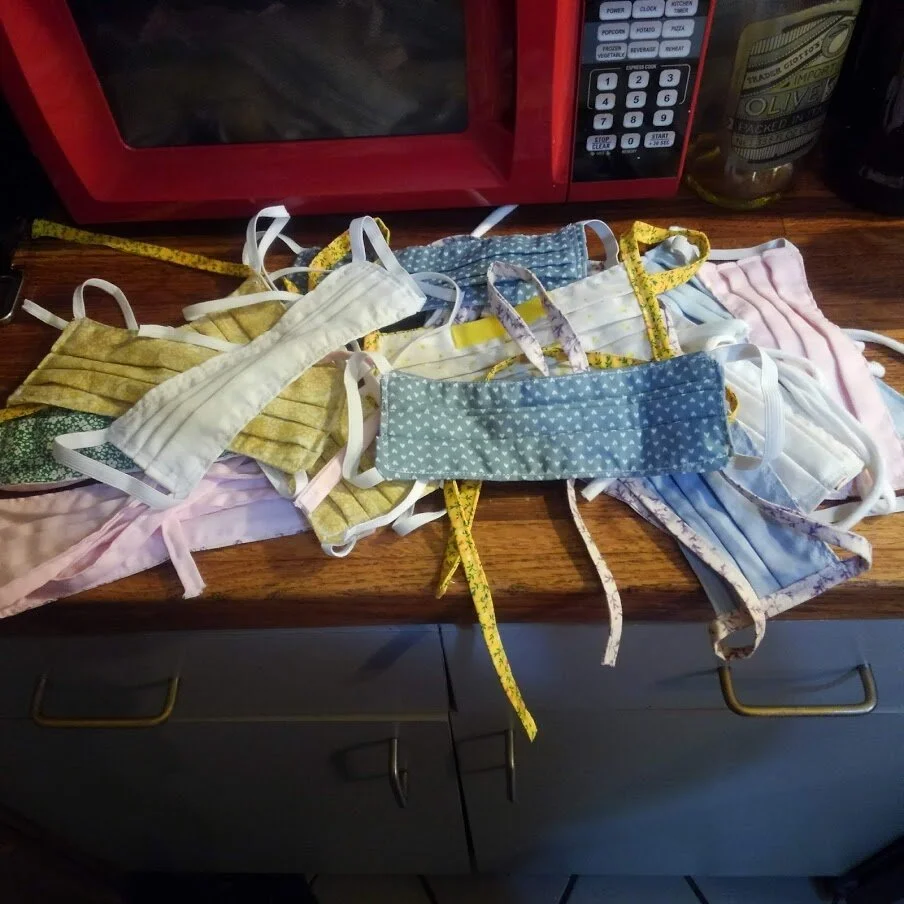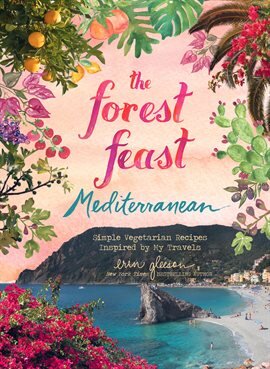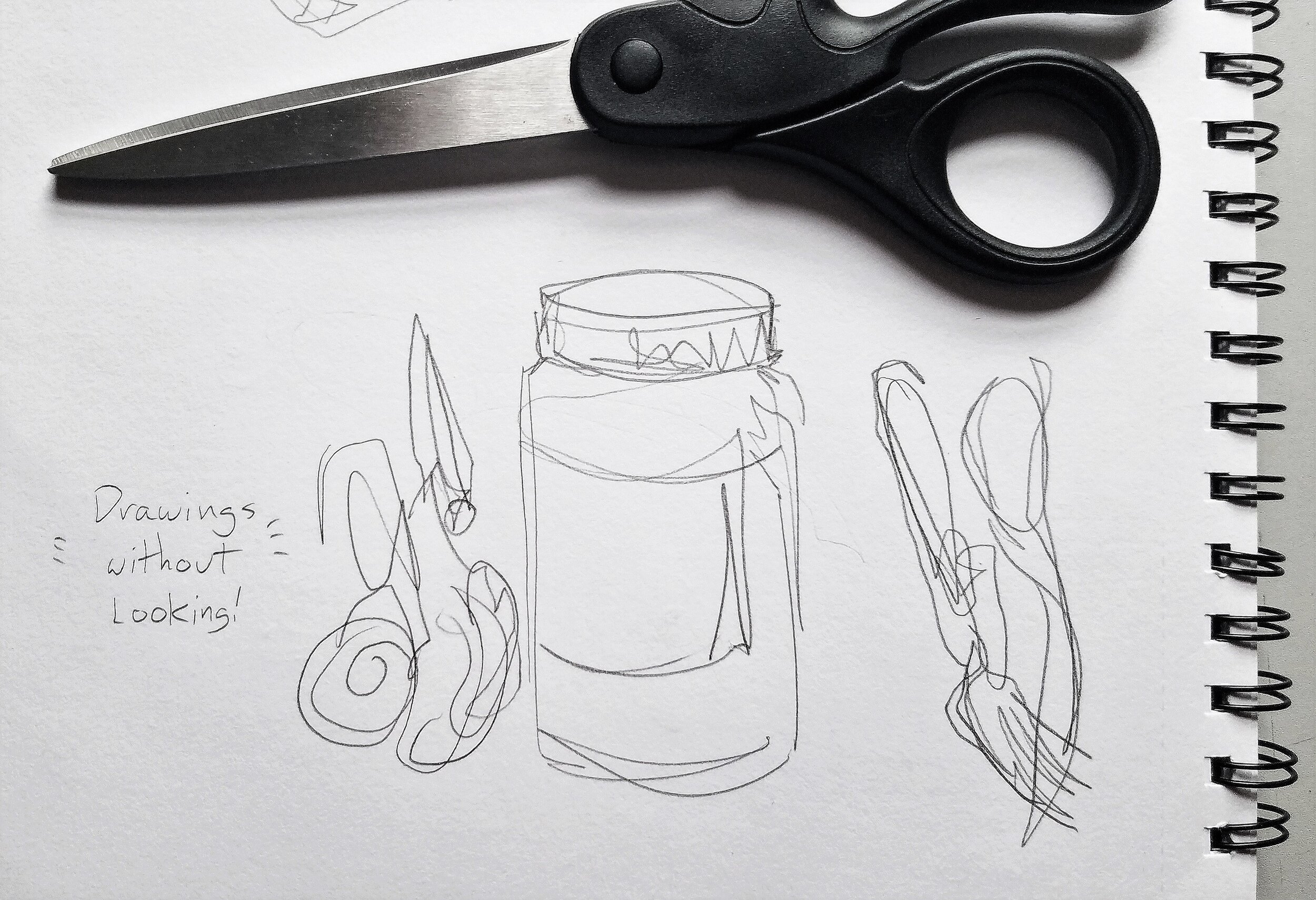Finally, if you can't do anything that intense, don't worry about it -- just go for a walk. As of this writing, the "Stay-at-home" order from the Governor does NOT prohibit going outside to get some exercise, so long as you are practicing social distancing. The National Academy of Sports Medicine has said: "Moderate exercise has been shown to be as effective as or more effective than anti-depressants for elevating mood and feelings of well-being. Walk at least 3 times a week for 30 minutes to see good results and as often as 7 days a week."
Nature walks in particular have been shown to have serious mental health benefits, so if you can, take a walk at one of Monmouth County's many parks, which as of this writing, remain open.
2. Make mental health a priority
Outside of physical exercise, you can do a number of things to keep your mind healthy. If your health insurance covers it, therapy is never a bad idea even if you don't have an immediate mental health crisis -- think of it as maintenance. During the COVID-19 epidemic, many therapists have moved to telehealth, which means you can have a therapy session in your own home.
If that's not happening for you, try mindfulness activities. I found the Headspace app to be particularly helpful. Mindfulness is a clinically proven treatment for anxiety and depression, and that aside, it's just really useful to know the way your mind works.
Also, a reminder from the Red Bank Borough website: "NJ Mental Health Cares, the state’s behavioral health information and referral service, is offering help to people dealing with anxiety and worry related to the Novel Coronavirus (COVID-19) outbreak. New Jerseyans can call 1-866-202-HELP (4357) for free, confidential support. NJ Mental Health Cares will be answered from 8 a.m. to 8 p.m. seven days a week by live trained specialists."
3. Go easy on the alcohol.
Liquor sales have spiked in many places during the pandemic, and while alcohol in moderation is perfectly fine, it's important to recognize that it is a depressant, and while it may help for soothing anxiety temporarily, it's still likely to color your mood the next day, even if you don't overindulge. There are different guidelines for how much you should drink on a daily and weekly basis, but the short of it is that you should try and limit your intake. Make it more of a treat than a part of a routine.
If you’re worried drinking or other drug use is becoming a problem, you can call 844-276-2777 for information and/or a referral. This line is available 24/7.
4. Find a way to get some social interaction.
The hardest part of working from home for me was the total lack of social interaction. My friends are scattered around the country, so when I moved to New Jersey, my only confidant was my wife. And, no offense to her, she's amazing, but we all need a community to interact with -- one person is not enough.
A lot of people during the pandemic have started doing activities like virtual Happy Hours, which are a great idea (so long as you keep an eye on the alcohol intake). My friends and I downloaded the app Discord, and once a week we do a conference call where we all play a video game together (usually Fortnite or Rocket League). I really can't overstate how great this has been for my mental health -- before we started doing this, I was seeing my best friends maybe once a year. Now, we're a part of each other's lives again. It’s a weekly pick-me-up.
It doesn't have to be drinking and video games, though: you could do a remote book club, you could use the Netflix Party plugin and watch a movie together, or you could just hop on the phone and talk. Find a way to interact with people you love, and try to make it somewhat routine. No man is an island.
5. Find activities that require you to be proactive.
It's easy to see the pandemic as an opportunity to catch up on all the TV you've missed. And while a certain amount of TV and movie watching is a great idea, it's also important to remember that this is a fairly passive activity. It doesn't ask that much of your brain.
Take some time for activities that require a bit of imagination or problem solving. Some ideas on that front:
Books (try our 24-hour library)
Puzzles
Board games
Crosswords
Sudokus
Some (not all) video games require problem solving, strategy, and learning (I particularly like Zelda: Breath of the Wild and Sid Meier's Civilization series)
The best thing you can do though, is something creative. Ideas:
Write a story (prompts here, if you need them)
Practice a musical instrument
Draw something
Paint something
Cook something (I've found making my own bread to be particularly rewarding)
Start a podcast
Do some crafts (our resident craft librarian, Maria, will be posting ideas here and on our Facebook page over the next few weeks!)
Rediscover Legos
Have a dance party
Fix something you've never learned how to fix
Put on a puppet show for a toddler (you can do this over Skype, if you don't have a toddler immediately handy)
Pinterest is a great resource for getting ideas.
6. Open the windows
This one sounds almost insultingly simple, but if the weather allows, open the windows. The difference this makes is not necessarily going to be something that jumps out at you, but every time you exhale, you breathe a little bit of carbon dioxide into your surroundings. High concentrations of carbon dioxide actually limits brain function -- research shows an increase in carbon dioxide in your bloodstream may lower your problem solving capabilities. Put a few people in any room and it's not going to take long for the room to have a lot of CO2 in it.
This is also a good argument for putting some plants in your apartment and for going outside more often. And science aside -- fresh air just feels nice.
The good news is that work from home doesn't have to drive you crazy -- if you're proactive and creative, you can make this work for you and come out the better for it. But if it's feeling overwhelming, there are resources available to you. Try the NJ Mental Health Cares line at 866-202-HELP. If you're having suicidal thoughts, call the NJ Hope Line at 855-654-6735.



![edible weeds plate 12345 [13289818].jpg](https://images.squarespace-cdn.com/content/v1/5c06ab74da02bc6a8954dab1/1588944452971-XJQ9Z49796ITA2IX4C1Y/edible+weeds+plate+12345+%5B13289818%5D.jpg)
![violet with text [13289819].jpg](https://images.squarespace-cdn.com/content/v1/5c06ab74da02bc6a8954dab1/1588944477521-N33FA6PDY6MB1SNKZUQC/violet+with+text+%5B13289819%5D.jpg)
![chickweed with text [13289820].jpg](https://images.squarespace-cdn.com/content/v1/5c06ab74da02bc6a8954dab1/1588944604854-WS1AVH8CD2CRC3PXFRC5/chickweed+with+text+%5B13289820%5D.jpg)
![purple dead nettle with text [13289823].jpg](https://images.squarespace-cdn.com/content/v1/5c06ab74da02bc6a8954dab1/1588944740026-N38LK1TDBEQ309P4EJT1/purple+dead+nettle+with+text+%5B13289823%5D.jpg)
![mallow with text [13289822].jpg](https://images.squarespace-cdn.com/content/v1/5c06ab74da02bc6a8954dab1/1588945128626-0MYAD5SH27WX8XVRPLKK/mallow+with+text+%5B13289822%5D.jpg)
![dandelion with text [13289821].jpg](https://images.squarespace-cdn.com/content/v1/5c06ab74da02bc6a8954dab1/1588945383783-UTU8EBUSJCPKL58MCV57/dandelion+with+text+%5B13289821%5D.jpg)
![smoothie dandelion [13289824].jpg](https://images.squarespace-cdn.com/content/v1/5c06ab74da02bc6a8954dab1/1588945548894-U1SY6SJ5I79EQ09W4WMO/smoothie+dandelion+%5B13289824%5D.jpg)






























![Sagittarius ].png](https://images.squarespace-cdn.com/content/v1/5c06ab74da02bc6a8954dab1/1587043663260-4NDFHL813DJ9J3M0YK66/Sagittarius+%5D.png)




